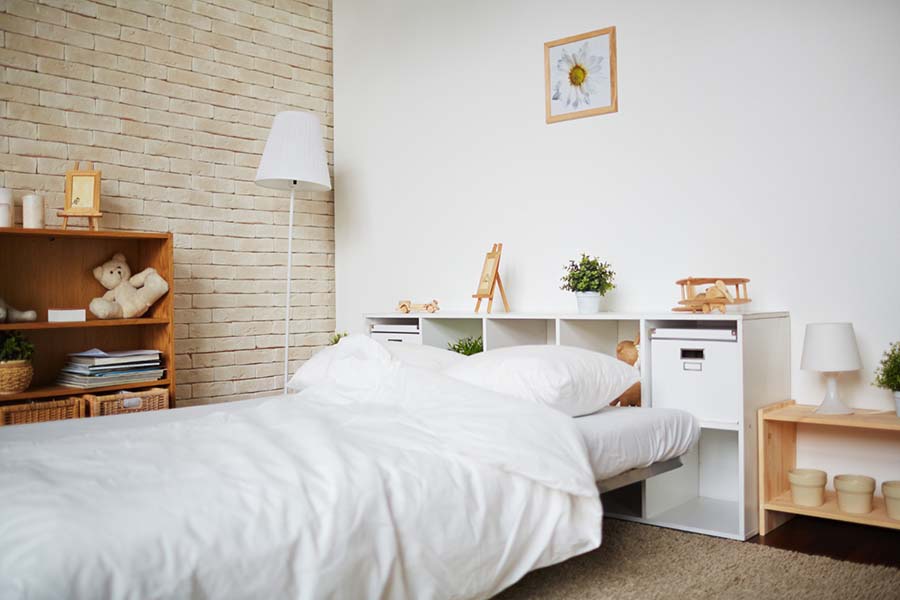Harmonious Interactions: The Symphony of Sound

Interacting sounds, also known as soundscapes, refer to the complex mix of sounds that make up our environment. These sounds can include everything from natural sounds like birds singing and water flowing to artificial sounds like traffic and construction. The way these sounds interact with each other can have a profound impact on our mood, behaviour, and overall well-being.
Here are a few ways that interacting sounds can affect us:
Affecting our mood
The sounds we hear in our environment can directly impact our mood. For example, a babbling brook can have a calming effect, while the sound of honking cars can create stress and anxiety.
Impacting our behaviour
The sounds we hear can also impact our behaviour. For example, loud and chaotic sounds can make concentrating difficult, while soothing sounds can help promote relaxation and focus.
Affecting our physical health
The sounds we hear can also have an impact on our physical health. For example, exposure to loud and prolonged sounds can lead to hearing loss, while exposure to specific frequencies can cause headaches and other physical discomforts.
Impacting our sleep
The noise we are exposed to can affect the quality of our sleep, where loud and disordered sounds can hinder falling and staying asleep, whereas calming sounds can induce relaxation and deeper sleep.
Interacting sounds in urban environments
A complex mix of interacting sounds often characterizes urban environments. These sounds can include everything from traffic noise to construction to the chatter of people. Unfortunately, this soundscape can be overwhelming and can harm our well-being.
To mitigate the adverse effects of interacting with sounds on our well-being, we must be mindful of the sounds we’re exposed to and take steps to reduce exposure to loud and chaotic sounds. This can include noise-cancelling headphones, closing windows, and using white noise machines. Additionally, incorporating more natural sounds into our environment, such as using a water feature or a sound device that plays nature sounds, can help promote relaxation and well-being.
In conclusion, Interacting sounds play an essential role in our environment and can profoundly impact our mood, behaviour, and overall well-being. Being mindful of the sounds we’re exposed to and taking steps to reduce exposure to loud and chaotic sounds can help to promote relaxation and well-being.
Be sure to check out our other related posts if you enjoyed this one:
- Jet-Setter Must-Haves: Fashionable Travel Essentials!
- Unlock Wealth Secrets: Rich Dad Poor Dad Reveals All!
- Unleash Your Earning Potential: Mastering the Gig Economy Game!
- Unlock Your Peak Performance: Fast This Way with Dave Asprey!
- Revolutionise Your Kitchen: Master Zero-Waste Cooking Magic!
- Wild Adventures and Hilarious Mishaps: Bill Bryson’s Appalachian Trail Tale!
- Mastering AutoML: Perks, Uses & Hurdles Uncovered
- Love Unveiled: Cracking the Code of Relationships with John Gray!
- Unlocking Forever: Master the Secrets to Relationship Bliss!
- Unwrap the Magic: 2023’s Hottest Holiday Décor Trends Revealed!
Sign up for updates on this article and our latest lifestyle posts if you enjoyed reading this one.
Credits
Image by WayHomeStudio on Freepik









